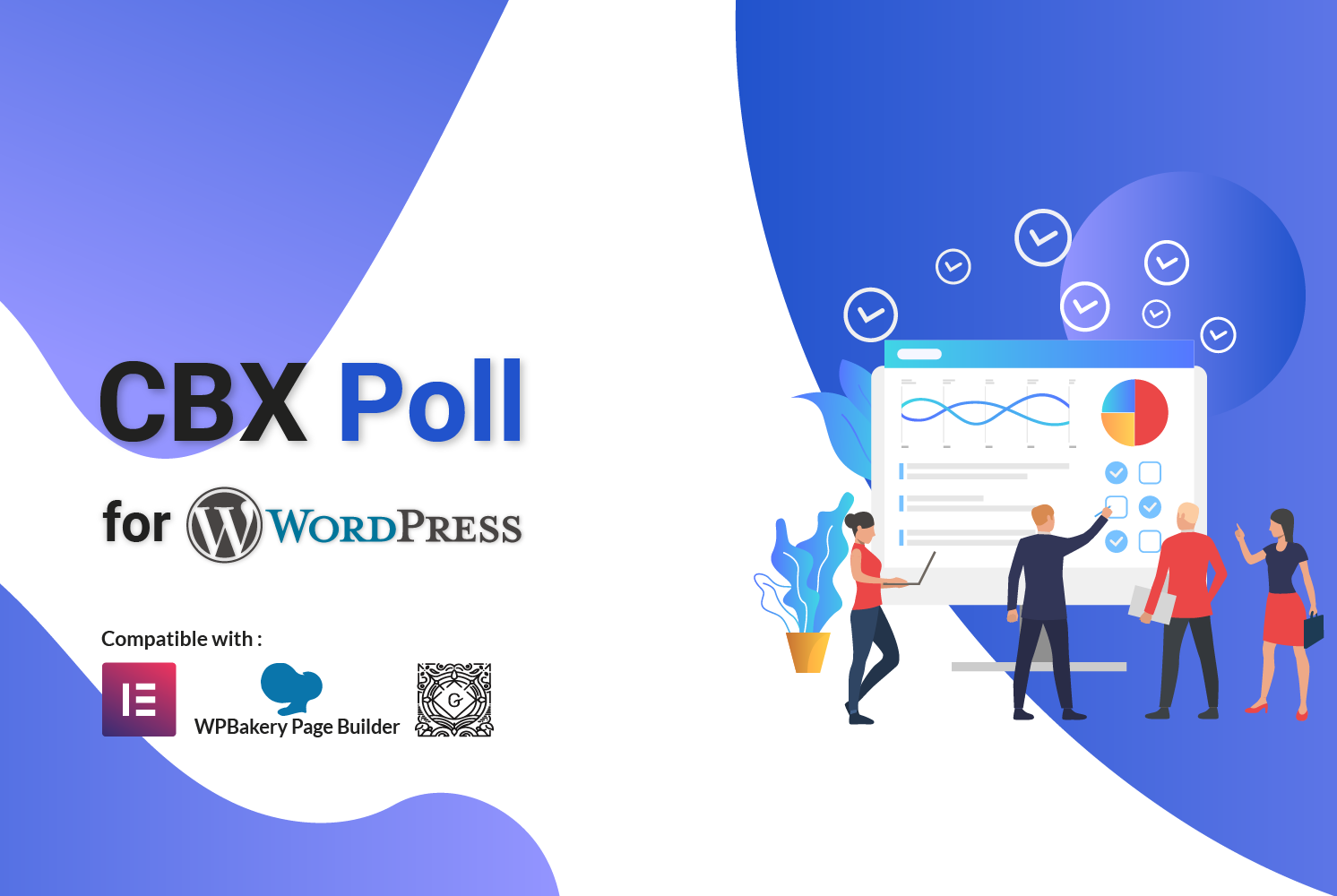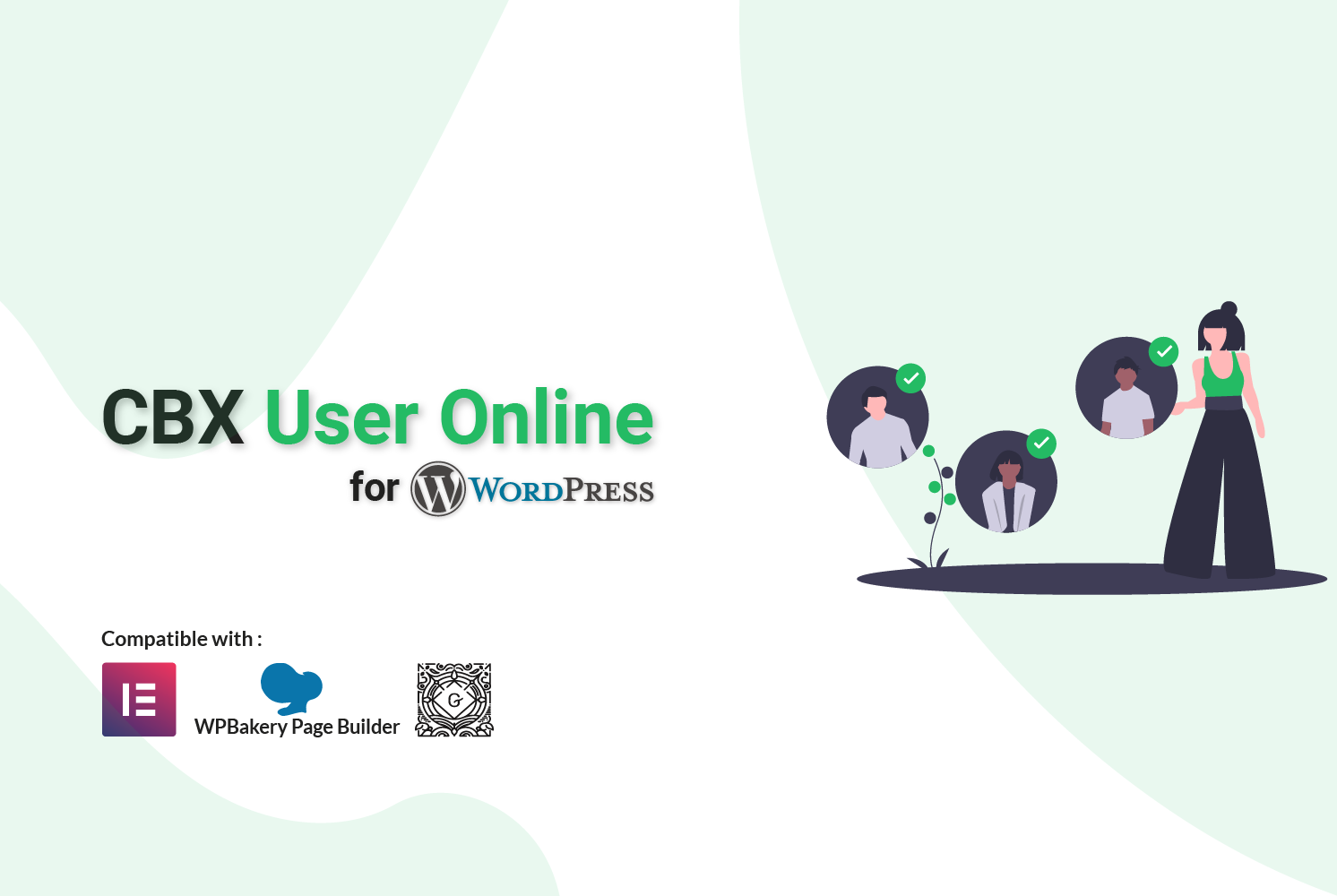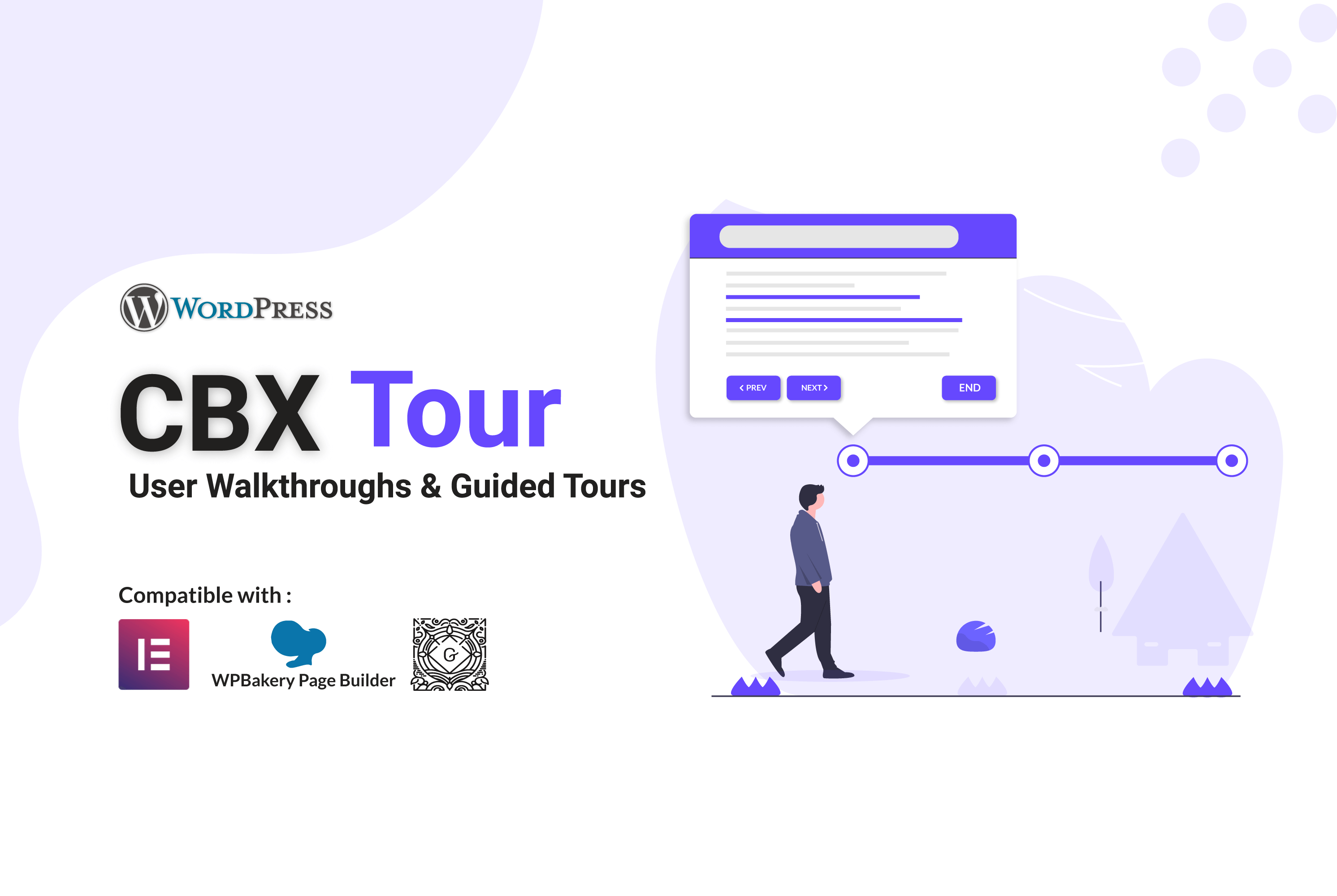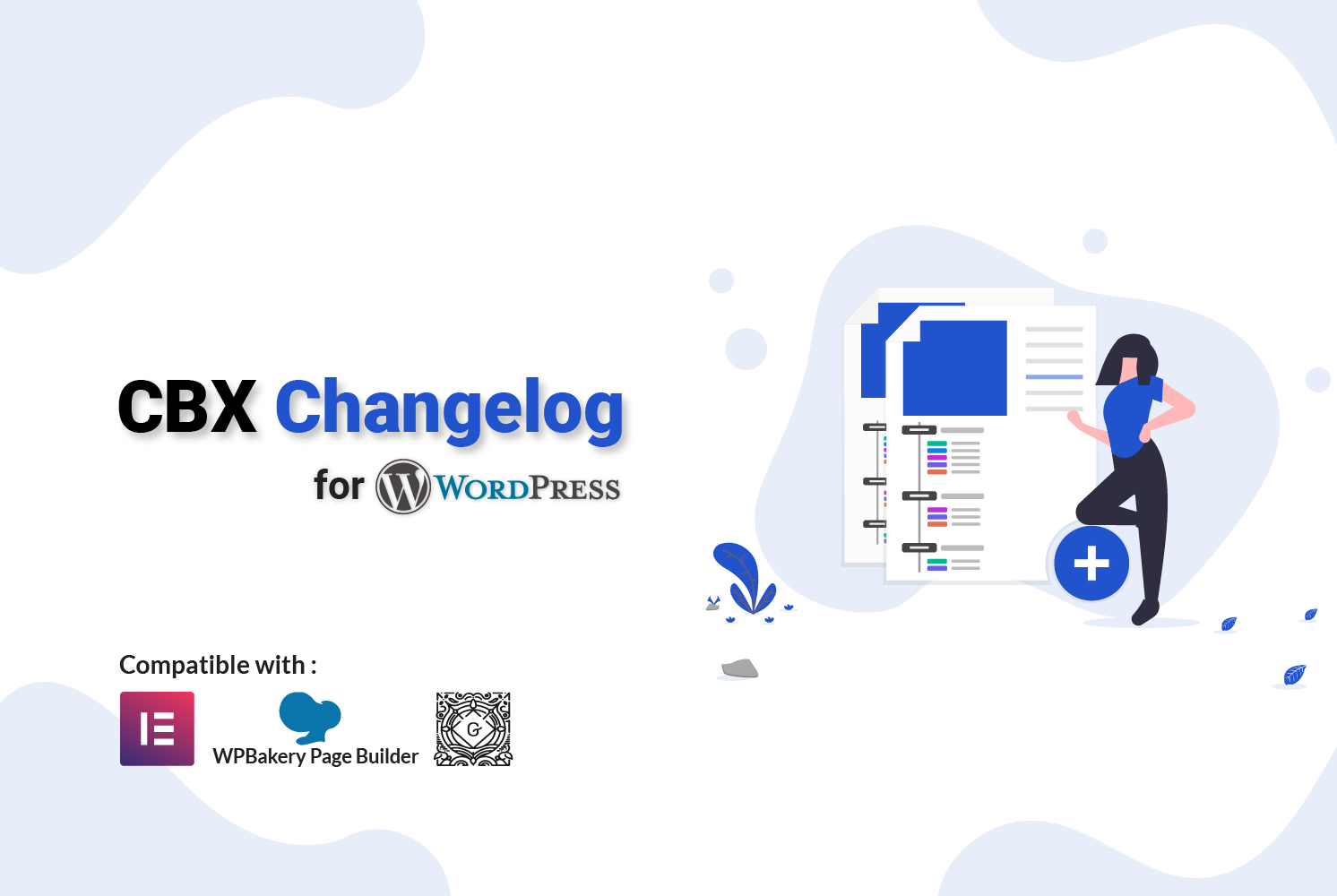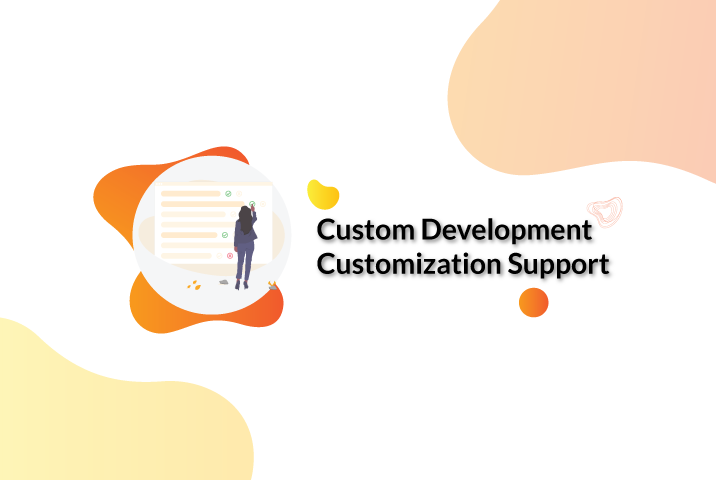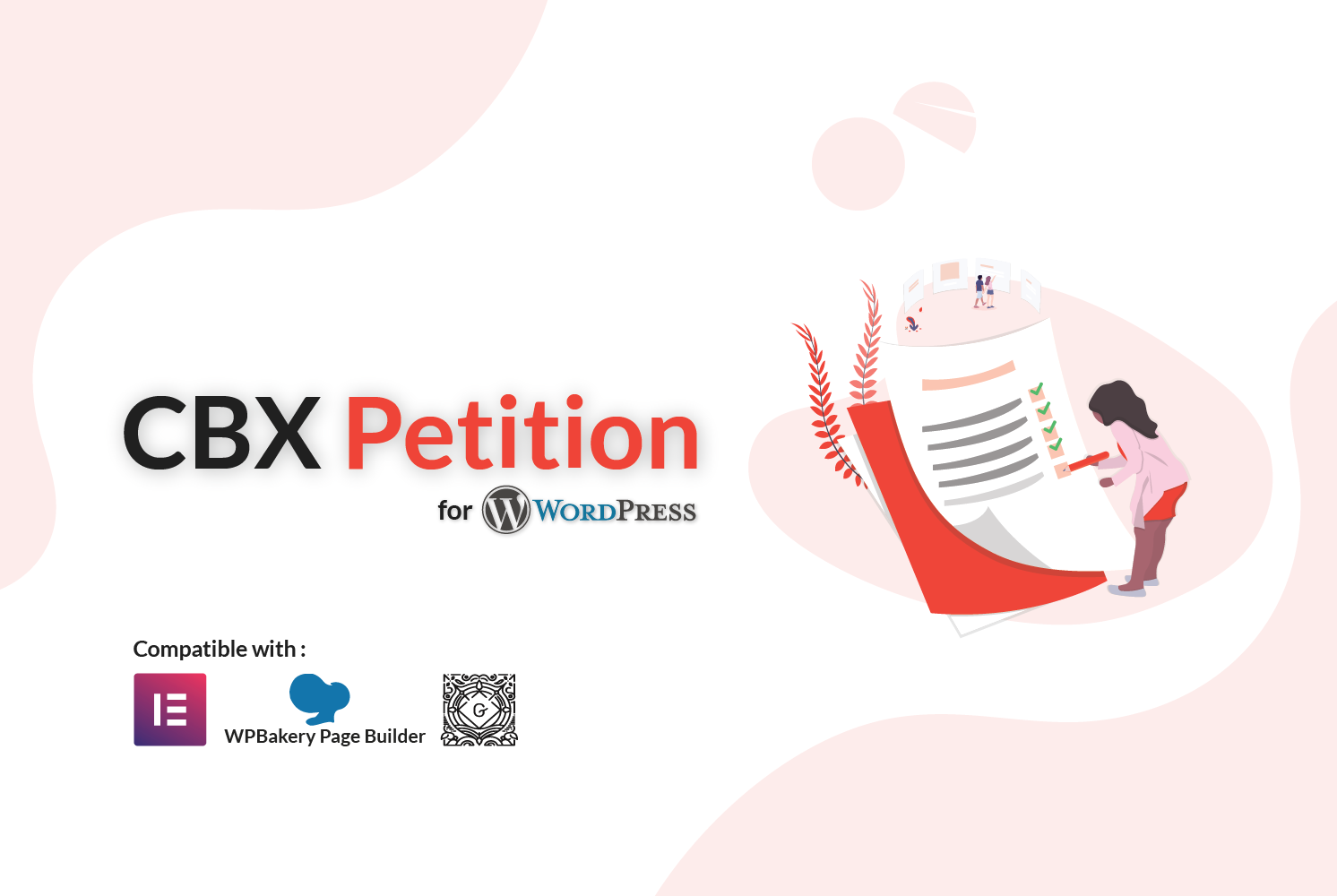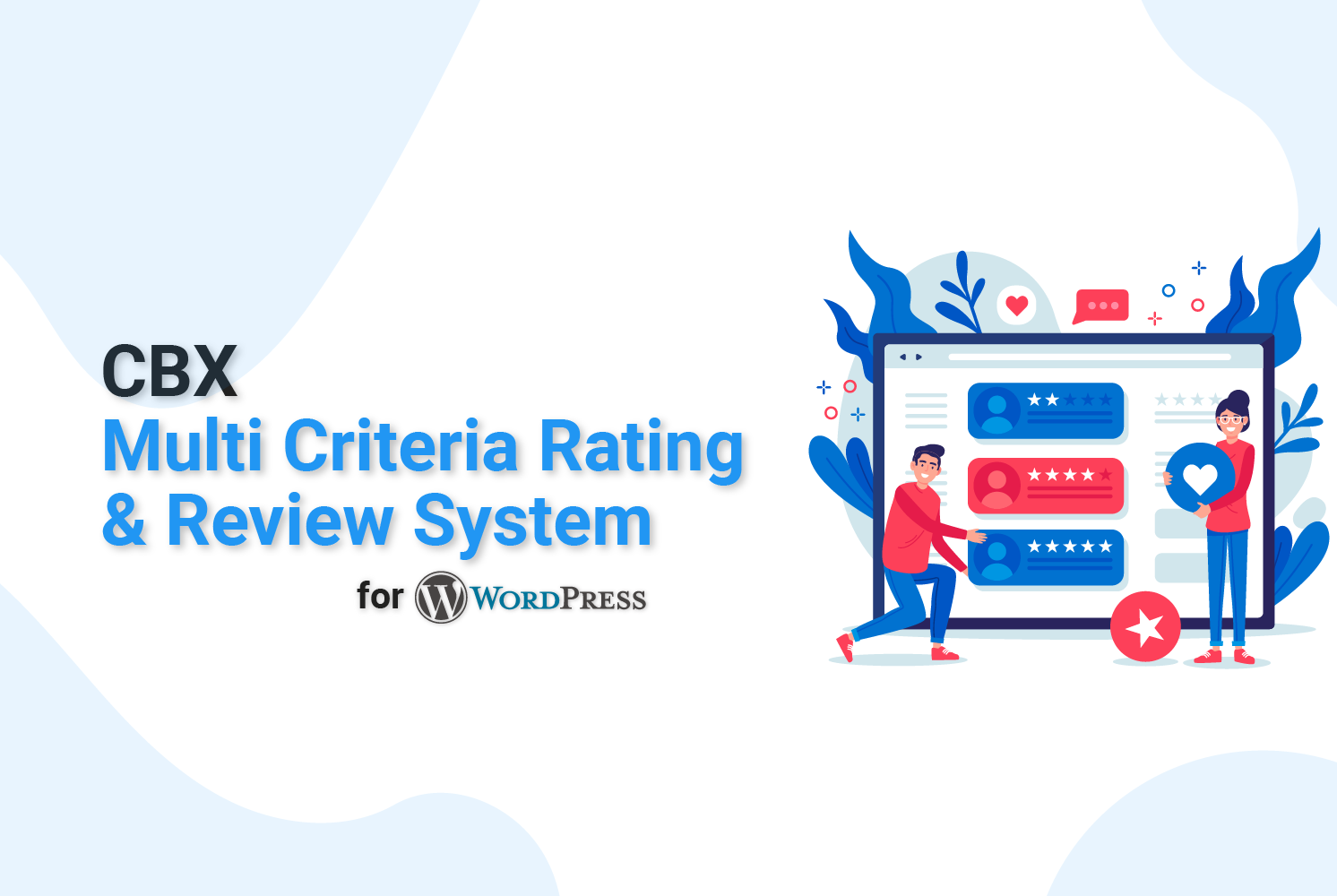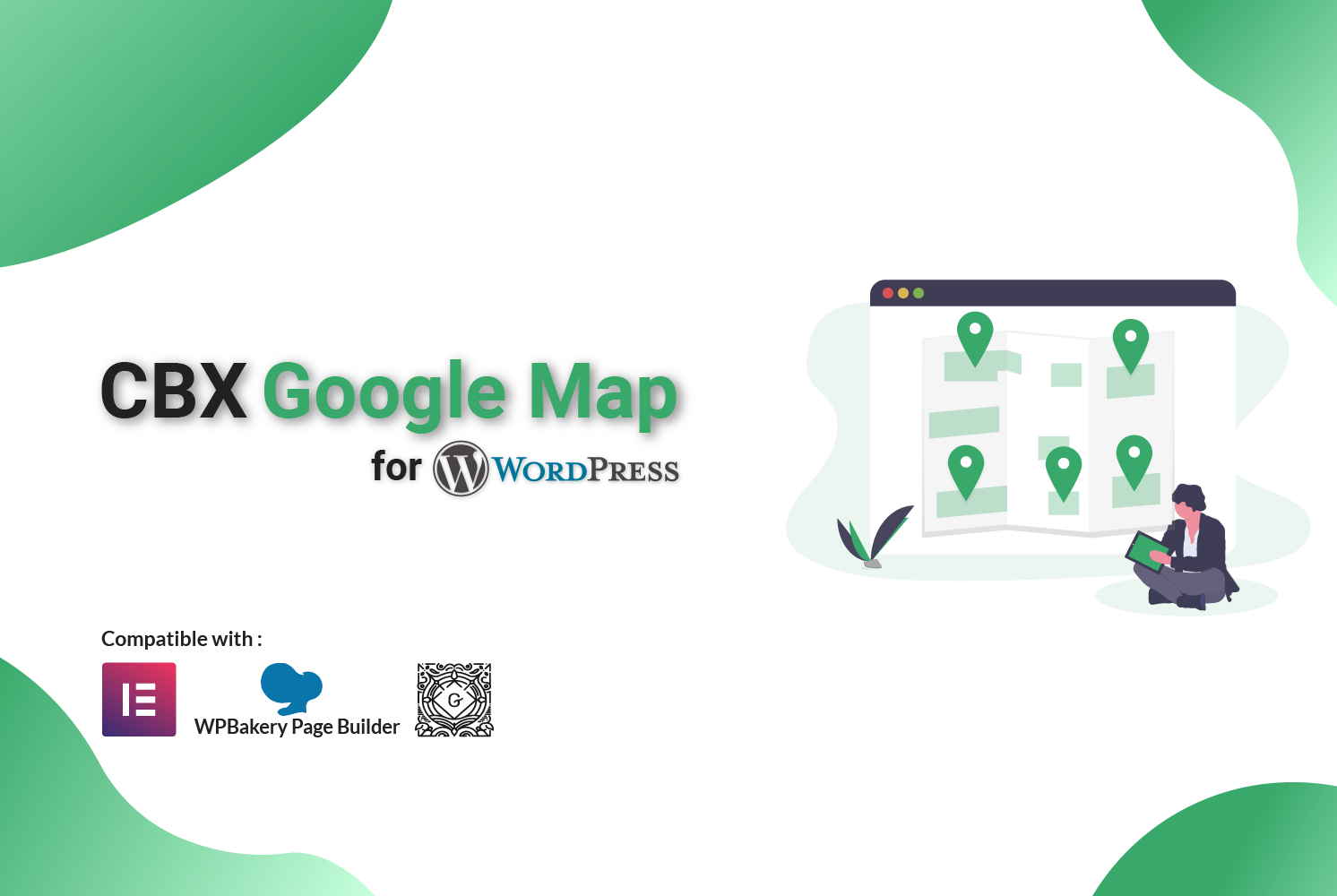Latest Trends in WordPress (2025): What’s Working Now for SEO, Speed & Conversions
WordPress keeps evolving—fast. In 2025, the winners are doubling down on performance, search intent, and ruthless simplicity. Below is a practical, no-fluff guide to the latest WordPress trends that help you rank higher, ship faster, and convert better.
📖 Don’t miss the next 🔗 article is focused on Security, Caching and Optimization
- Performance & Core Web Vitals: The New Baseline
- Block Themes & Full Site Editing: Design Systems over Pages
- AI Workflows: Content, Support, and Automation
- Headless & Hybrid WordPress: When to Go Decoupled
- Security & Authentication: Zero-Trust Mindset
- WooCommerce & Conversions: Speed, CRO, and Subscriptions
- Multilingual SEO & Accessibility: Global by Default
- Your 30-Day Action Plan
1) Performance & Core Web Vitals: The New Baseline
In 2025, fast is table stakes. Sites that win keep LCP under ~2.5s, INP under ~200ms, and CLS near 0. The biggest gains often come from fewer HTTP requests, image discipline, and smaller JavaScript bundles.
Quick wins
- Adopt a lightweight theme and disable unused block patterns.
- Use next-gen images (
WebP/AVIF) and set properwidth/heightto prevent CLS. - Defer non-critical JS, inline critical CSS, and preconnect to important origins.
- Cache like a pro (page caching + object caching + CDN at the edge).
- Measure continuously with PageSpeed Insights or WebPageTest; fix regressions early.
2) Block Themes & Full Site Editing: Design Systems over Pages
Block themes, theme.json, and the Site Editor have matured. Teams now think in tokens and patterns, not one-off pages. This cuts design debt and keeps branding consistent—even across large sites.
What’s working
- Use theme.json for global colors, typography, spacing, and layout rules.
- Build pattern libraries (hero, feature grid, pricing table) and lock them to prevent accidental edits.
- Prefer native blocks; add custom blocks only for real gaps.
- Create a content brief per pattern (purpose, target intent, internal links, CTA).
3) AI Workflows: Content, Support, and Automation
AI isn’t replacing editors; it’s replacing busywork. Smart teams use AI to draft outlines, summarize research, generate alt text, suggest internal links, and triage support tickets—then polish with human judgment.
High-impact use cases
- Generate SEO briefs (topics, subheads, FAQs) from target queries.
- Automate image alt text and metadata generation at upload.
- Suggest related posts based on embeddings to improve session depth.
- Use AI to draft release notes and changelogs straight from PRs.
4) Headless & Hybrid WordPress: When to Go Decoupled
Headless shines for app-like UX, complex personalization, or multi-channel publishing. A hybrid approach—traditional theme for marketing pages + headless for app areas—often delivers the best ROI.
Decision checklist
- Need app-level interactivity or custom dashboards? Consider headless.
- Mostly content + blog + landing pages? Stay classic with a modern block theme.
- Hybrid if you want both speed to market and future-proof UX.
- Regardless: keep caching, image optimization, and analytics first-class.
5) Security & Authentication: Zero-Trust Mindset
Attack surfaces grow with plugins, APIs, and automations. The 2025 posture: least privilege, WAF, and MFA everywhere. Keep prod and staging secrets separate; rotate tokens; log everything that matters.
Minimum standards
- MFA for all admins; restrict wp-admin by IP/VPN when possible.
- Harden file permissions; disable XML-RPC if not needed.
- Keep update hygiene: core, plugins, themes—use staging + automated tests.
- Backups with verified restores; store offsite; test twice a year.
6) WooCommerce & Conversions: Speed, CRO, and Subscriptions
Shops that grow focus on speed, trust, and frictionless checkout. Subscriptions and order bumps continue to outperform one-off sales. Product pages must match search intent with crystal-clear benefits.
Conversion checklist
- Optimize product images (lazy-load, WebP) and trim scripts on checkout.
- Use schema.org markup for products, reviews, and FAQs.
- Offer wallet payments and one-click repeat purchases.
- Run A/B tests on titles, pricing tables, and above-the-fold CTAs.
7) Multilingual SEO & Accessibility: Global by Default
With more traffic from non-English markets, multilingual and accessible experiences are becoming default requirements. Search engines reward clarity and inclusive design.
Ship it right
- Use
hreflangcorrectly and translate slugs, menus, and meta—not just body text. - Follow WCAG for color contrast, focus states, and keyboard navigation.
- Provide transcripts for media; write meaningful link text (no “click here”).
- Localize reviews, pricing, and shipping info for trust signals.
8) Your 30-Day Action Plan
- Audit speed: Fix LCP, INP, CLS; set a performance budget.
- Standardize design: Create/refresh
theme.jsonand pattern library. - SEO hygiene: Map keywords → pages, add FAQ schema, tighten internal links.
- Automate: Add AI for briefs, alt text, related posts; keep humans in the loop.
- Harden security: MFA, backups, WAF, and role cleanup.
- CRO sprints: Test headlines, CTAs, and checkout friction weekly.
Need to build a Website or Application?
Since 2011, Codeboxr has been transforming client visions into powerful, user-friendly web experiences. We specialize in building bespoke web applications that drive growth and engagement.
Our deep expertise in modern technologies like Laravel and Flutter allows us to create robust, scalable solutions from the ground up. As WordPress veterans, we also excel at crafting high-performance websites and developing advanced custom plugins that extend functionality perfectly to your needs.
Let’s build the advanced web solution your business demands.

